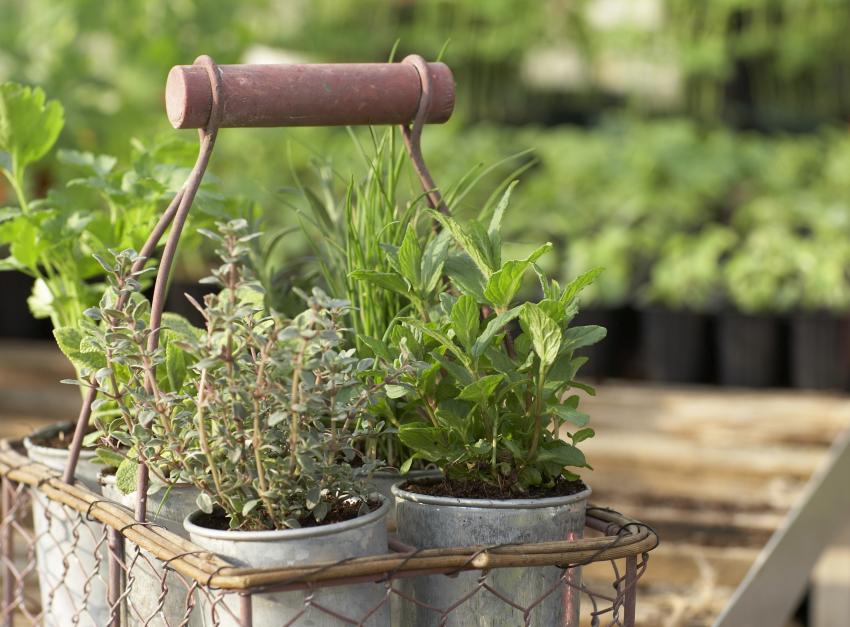
- Ali
Gardening tips to get your green spaces ready for spring.
It feels too cold to be gardening, but there are still quite a few things you can do in March to prepare for the coming months.
I love cold, bright sunny days like we’ve had the last week or so. Despite the cold, on a bright and sunny day it's lovely to get out in the garden for an hour or so. At this time of year you want to have a number of small jobs which you can tackle on their own and then go back indoors for a cup of tea. My first task is the herb garden.
Take advantage of the fact that your herb plants aren’t sprawling all over the place right now and take notice of where you have bare patches that you can fill with new herbs.
Now’s your chance to work out where new plants could fit into your herb bed.
If you have some gaps to fill think carefully about what to fill them with. Firstly you’ll want to add things that you’ll use in the kitchen or for medicine on a regular basis. You might also want to choose species to encourage beneficial insects, such as hoverflies, lacewings and bees, into your garden.
So what herbs should you plant at this time of the year? Well, Hyssop (Hyssopus officinalis), Sage (Salvia officinalis) and Thyme (Thymus species) are all popular with the useful creatures mentioned above. Rosemary (rosmarinus) is a stunning plant in its own right too and I love to have a pot by a doorway so I can pinch and sniff it as I go by. It can be used as a pot plant, hedge or shrub in a border and bees flock to its pretty blue flowers for weeks on end.
Add plants to your herb garden to encourage beneficial insects.
Another gardening task to consider in late winter and early spring is adding features to an existing herb garden. February and March are good months to dig a pond, add a bird bath, sun dial or create new paths. A top gardening tip is to avoid treading on wet soil as this compacts it and damages the structure. If you have to work on open soil, lay down planks to spread your weight - old scaffold boards work well for this.
If you’ve recently taken on a garden, and the soil is heavy clay, now is the ideal time to dig in plenty of grit to help break it up. Most herbs prefer well-drained soil, and many will be short-lived in water-logged growing conditions. Another top gardening tip is to remember that most herbs prefer well-drained soil so ensure you add grit to heavy soils to improve drainage.
If you're growing herbs in containers they will need top-dressing as conditions warm up. This simply means removing the top 5-10cm (2-4in) of compost and topping up with a 50/50 mixture of well-rotted garden compost/worm compost and leaf mould or green waste compost. Finish off with a layer of horticultural grit, to improve appearance and retain moisture in dry spells. If you have none of the above material, then use a commercial soil-conditioner mixed 50/50 with fresh organic potting compost.
If the weather is mild, shoots of herbaceous herbs (those that die back over winter) like mint and tarragon may start emerging by the end of February. Improve the fertility of the soil around them by mulching with a layer of garden compost 2-5cm (1–2in) thick. They’ll thank you for it by putting on a good amount of growth as the weather warms up.
I hope you’ve found these Spring gardening tips useful! What are you up to in the garden this month? I’d love to hear your gardening tales so get in touch.








